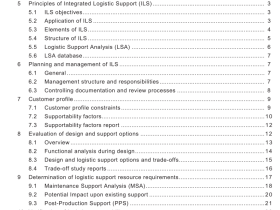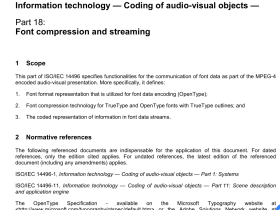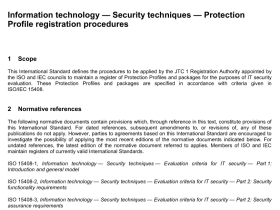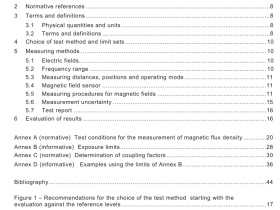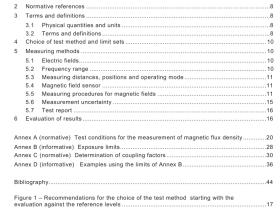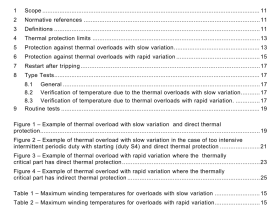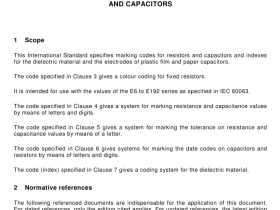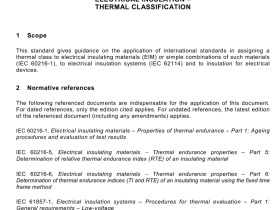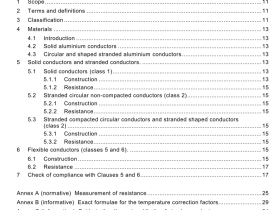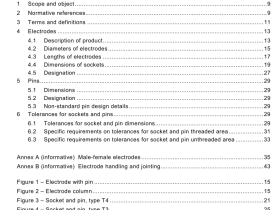IEC 61308 pdf download
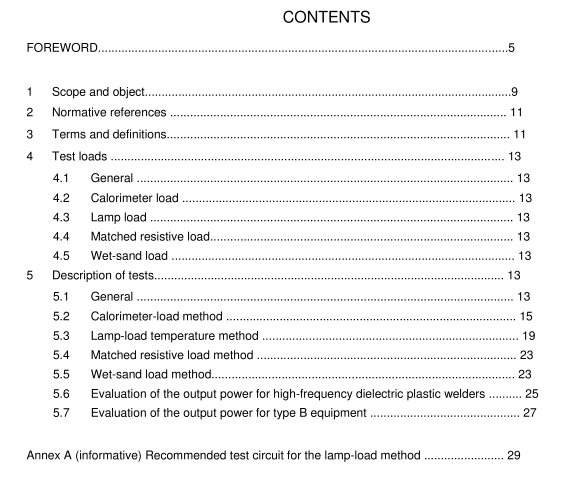
IEC 61308 pdf download High-frequency dielectric heating installations – Test methods for the determination of power output
1 Scope and object
This International Standard is applicable to industrial high-frequency dielectric heatinginstallations used for the purpose of thermal applications such as melting, drying, welding,insect extermination, and gluing of partially conductive or non-conductive materials such asplastics,wood, rubber, textiles, glass,ceramic, paper, bamboo or foodstuffs, in both normal andprotective atmospheres, using, for example, inert gases or vacuum.
This standard relates to high-frequency dielectric heating installations with nominal dielectricheating frequency in the range from 1 MHz to 300 MHz with rated useful output power greaterthan 5o w.
The main purpose of this standard is to assist in compliance with the requirements set out in 6.4of lEC 60519-9 when testing electroheating power sources. lt is not primarily intended as ameans of representing a potential high-frequency heating application for the requirement of theuser. Due to the large variety of dielectric heating applications, any output power value obtainedas a result of these tests should not always be taken as representing the power that can bedissipated in a particular dielectric heating installation, but, in certain instances, the outputpower value could be used as an indication of performance.
The power required to heat a charge is dependent, for example, on the type of material heated,the temperature of heating and ambient moisture and on the construction of the electrode
system.
NOTE Heating a charge with dielectric parameters deeply changing in time and/or temperature the value of theoutput power obtained with the actual charge may be different from that obtained in standard test conditions.For equipment working outside the lTU-designated bands, the frequency of the generator follows the resonantfrequency of the output circuit, thus the output power can remain fairly stable during the work cycle, even with handtuning of the output circuit. Therefore, according to this standard, the test well represents the actual output power inpractical work conditions.
For equipment working in lTU-designated bands, the frequency of the generator remains stable, but the resonantfrequency of the output circuit varies with the change of dielectric parameters of the load. Therefore, the value of themean output power in the work cycle can be much lower than the value obtained in the test conditions.This valuedepends on the time response of the eventual automatic tuning system.
This standard relates to equipment normally operating under continuous rated conditions.
2 Normative references
The following referenced documents are indispensable for the application of this document. For dated references, only the edition cited applies. For undated references, the latest edition of the referenced document (including any amendments) applies.
